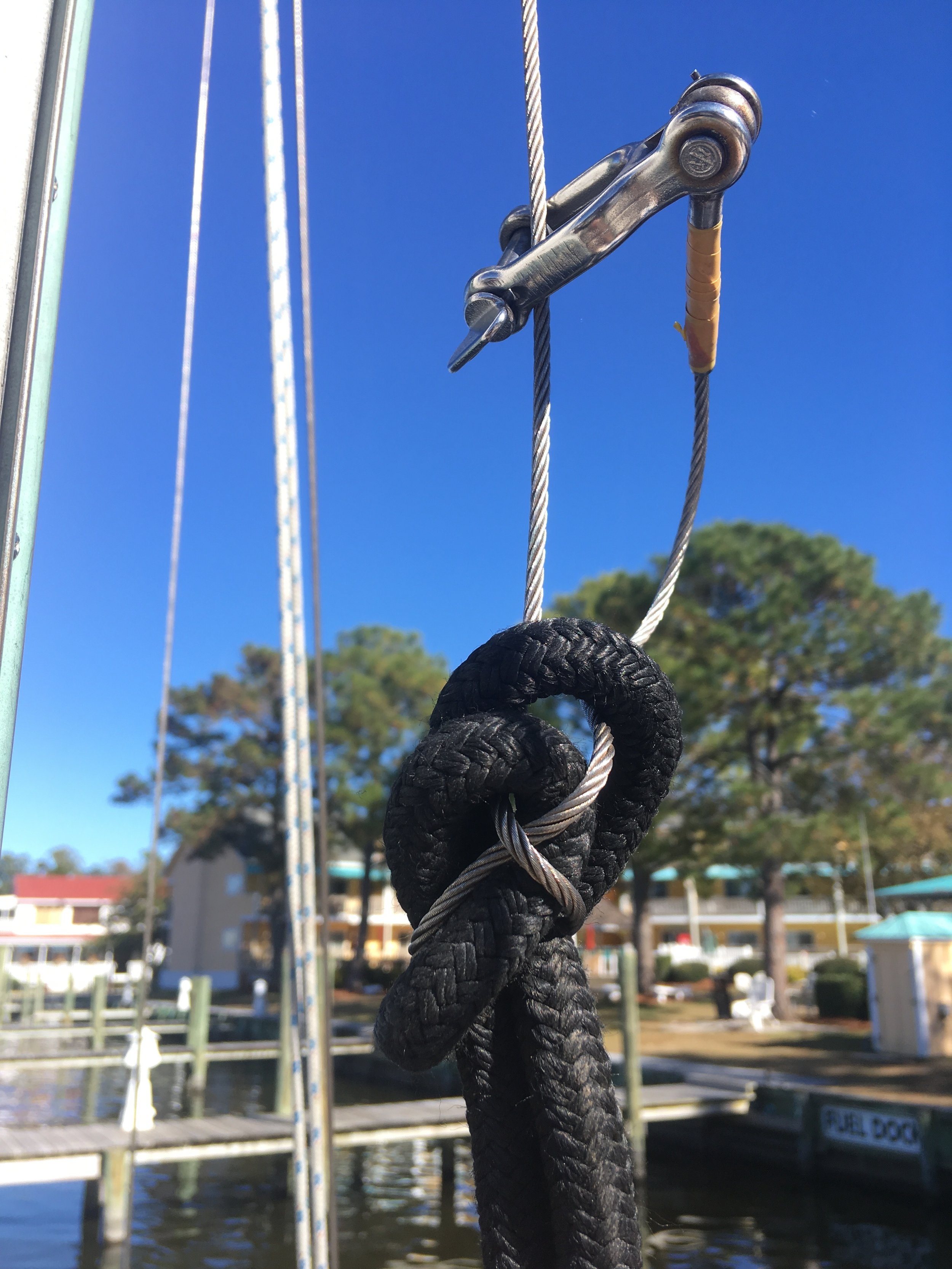We have been slowly moving along as we are cruising with no end date in mind. We set out with a nebulous route in mind, taking us to Bermuda, the Azores, the Mediterranean, and back down to the Caribbean.
We left in July of 2017 with plans to be in Bermuda as soon as possible and in the Azores by November. We ended up spending a bit more time in the Chesapeake Bay, exploring many unique and interesting places that we never knew existed. This ended up taking about 3 months and we didn't leave the bay until early October. At this point, it was a bit cold to go across the ocean, so we decided to set our sights south, and head to the Bahamas!
We left the bay and promptly got a bit shaken up in a long lasting gale off Cape Hatteras. From there, we entered the ICW and have slowly been making our way along as we explore and enjoy every town we drop anchor in.
Fast forward to the present, it is now December 2017, and we are as far away as North Carolina. 2 states away and 300 miles south from our home port of Baltimore, MD, 6 months later.
Our progress has been remarkably slow, and we have enjoyed every moment of it. As we approached Beaufort, NC on our way to the Bahamas, we were faced with two options: 1. Go down the ICW or 2. Go outside.
Being how weather has been unfavorable with all the winter storms rolling through, we felt that we might be waiting for a weather window for a very long time. Also, the outside run would mean I would have to solo sail through the night and arrive exhausted at our next inlet. We would anchor and I would need a few days to sleep and recover.
The other option is to go down the ICW from here, and creep along a few miles a day as the currents and wind allow. This would be much slower as compared to sailing in the open ocean, but at the same time, I would get to sleep every night at anchor, we could cook meals every night in calm water, and we would not be so limited by weather.
After facing three days of 40+ knot winds and 30 foot seas off Hatteras, the threat of a light chop and high wind on the ICW seems mundane to us now. If the wind is in the wrong direction, we stay anchored and wait for the winds to change. If the winds are in the right direction, we will make many miles that day!
When we made the decision, we equated it to the old fable of the tortoise and the hare. The tortoise moves slow and steady (ICW) and the hare moves very fast and then needs to rest for a long time (ocean). Learning from these childhood stories, we chose to follow the motto of "slow and steady wins the race."
This choice has led us down a path filled with wonderful sights and beautiful sceneries that we would have missed if we were sailing offshore, braving the seas as we try to clear 60 miles before the next storm strikes!


